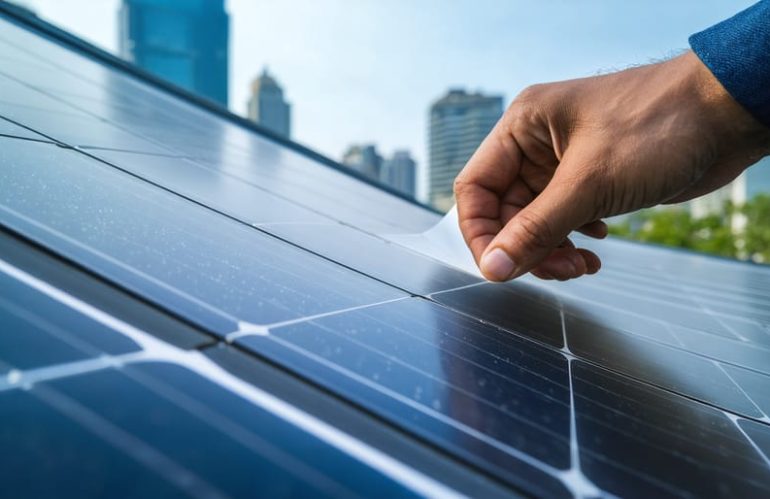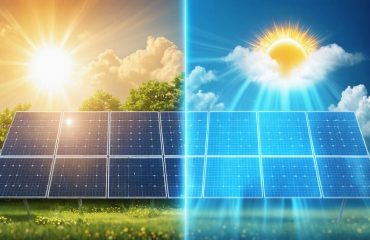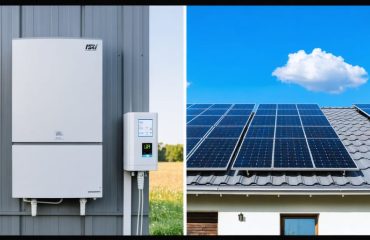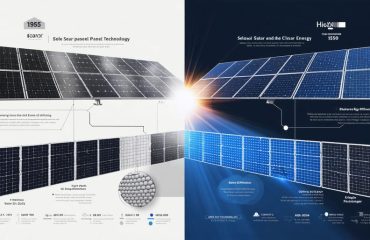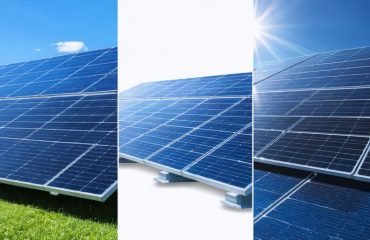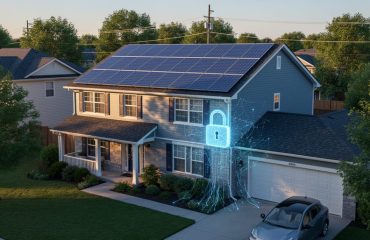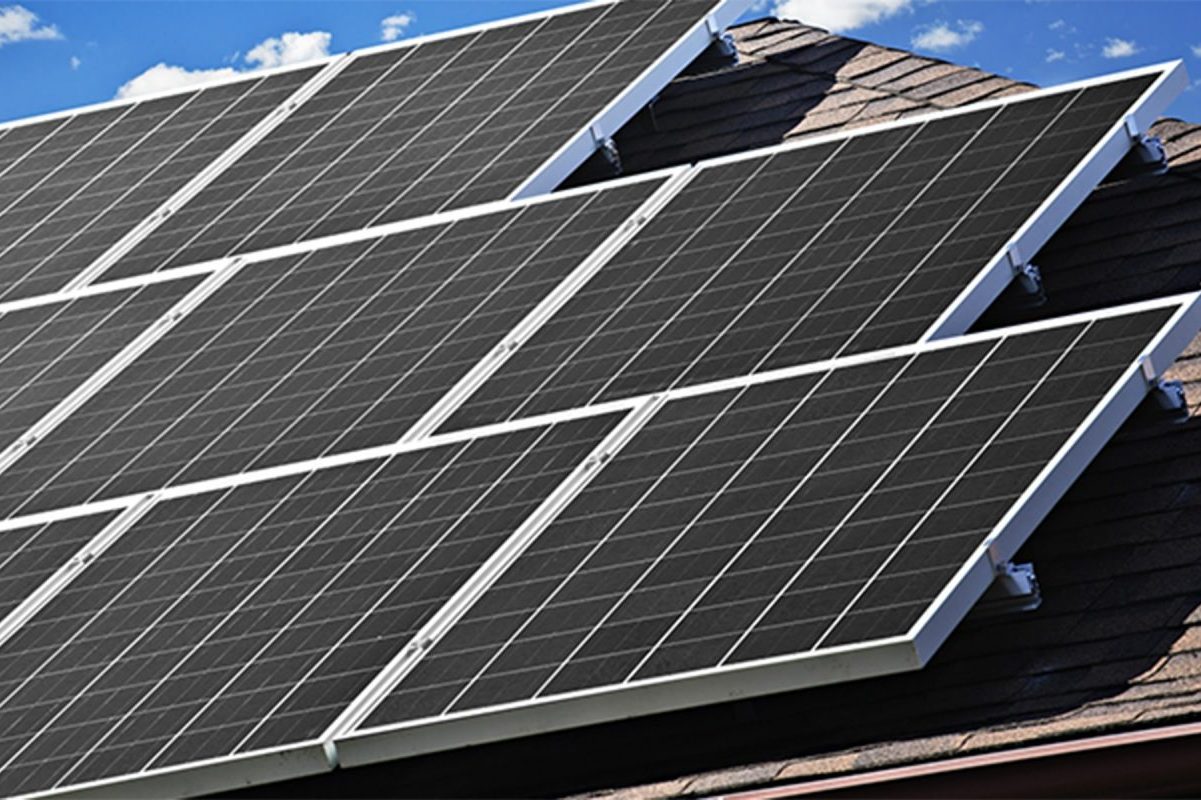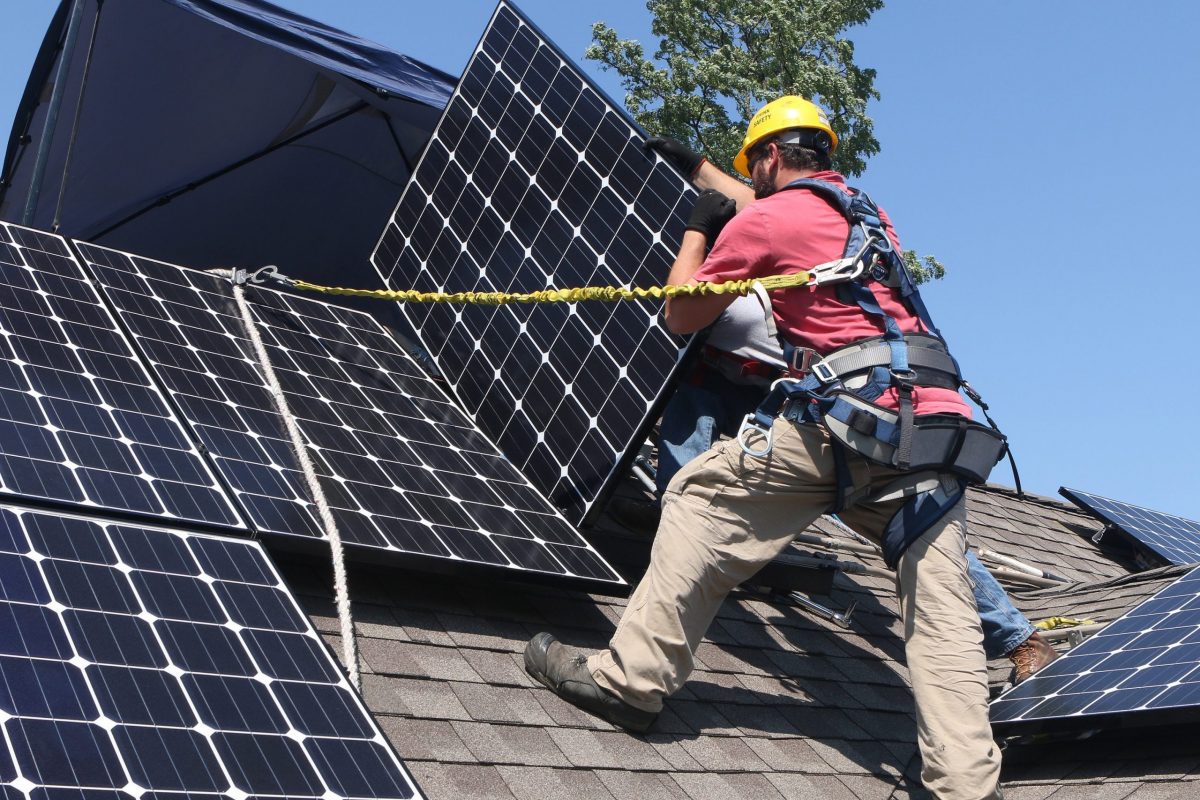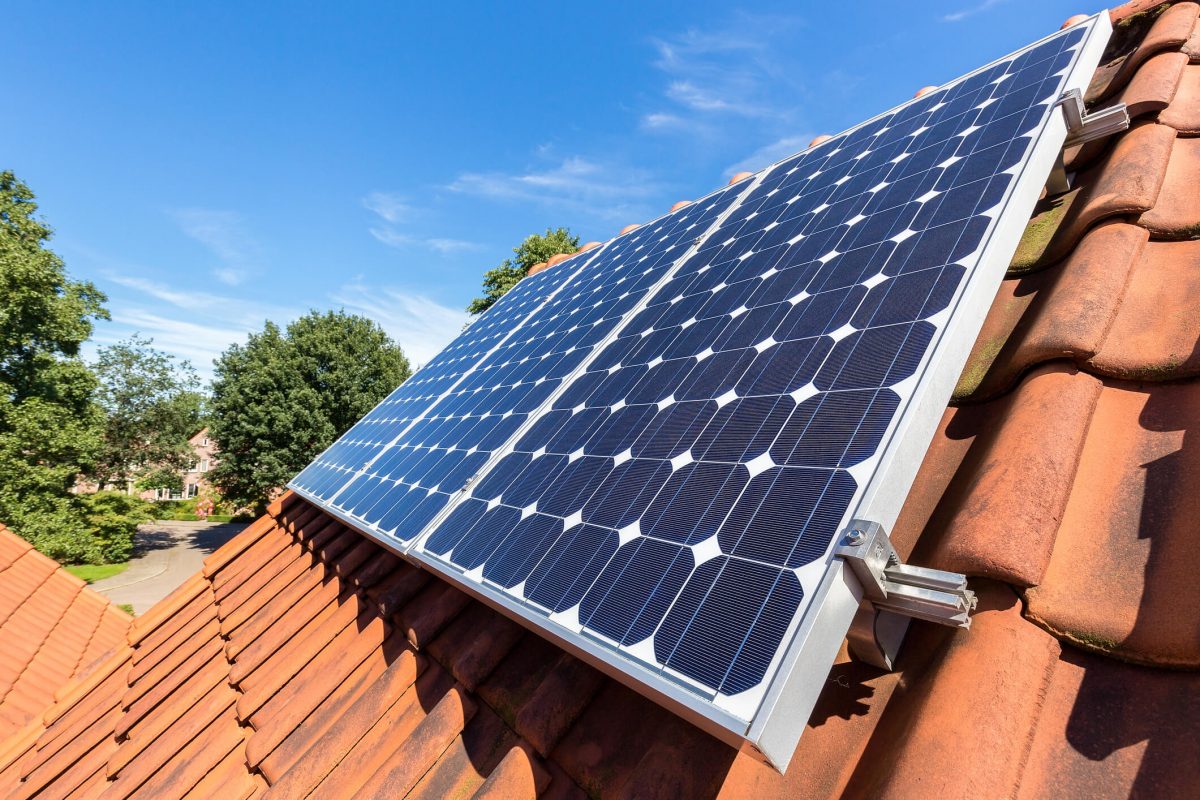Thin-film solar technology represents a groundbreaking shift in renewable energy, offering unprecedented flexibility and installation options that traditional silicon panels simply can’t match. While conventional panels typically achieve 15-20% efficiency, modern thin-film solutions have made remarkable strides, now reaching up to 13-15% efficiency while requiring significantly less material and manufacturing energy. This emerging technology combines ultra-slim profiles—100 times thinner than standard silicon panels—with remarkable adaptability to various surfaces and lighting conditions, making it particularly attractive for urban installations and architectural integration.
For homeowners weighing their solar options, thin-film panels present a compelling balance of performance and practicality. Their superior performance in low-light conditions and high temperatures, combined with lower installation costs and reduced carbon footprint during manufacturing, offers a forward-thinking solution for sustainable energy generation. As efficiency continues to improve and production costs decrease, thin-film technology stands poised to revolutionize how we harness solar power in residential and commercial applications.
Understanding Thin-Film Solar Technology
How Thin-Film Panels Are Made
Thin-film solar panels are made through a unique layering process that’s quite different from traditional solar panel manufacturing. Manufacturers start with a base material like glass, plastic, or metal, and apply extremely thin layers of photovoltaic materials using specialized deposition techniques.
The most common materials used are amorphous silicon (a-Si), cadmium telluride (CdTe), and copper indium gallium selenide (CIGS). These materials are deposited in layers just a few micrometers thick – about 350 times thinner than traditional silicon cells. This process happens in a controlled environment where each layer is carefully applied using vapor deposition or electroplating methods.
What makes this manufacturing process special is its simplicity and cost-effectiveness. Unlike traditional panels that require precise crystal growing and cutting, thin-film panels can be produced in a continuous, automated process. This helps keep production costs down while allowing for flexible and lightweight designs that open up new installation possibilities.
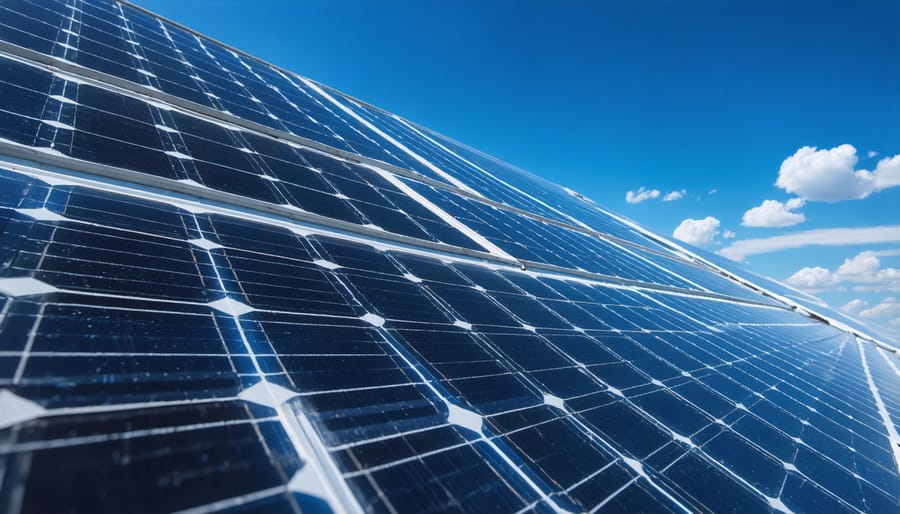
Types of Thin-Film Solar Panels
Thin-film solar panels come in three main varieties, each with unique characteristics and benefits. Amorphous silicon (a-Si) panels are the most widely recognized type, featuring a very thin layer of silicon that makes them highly flexible and ideal for curved surfaces. While they’re the most affordable option, they typically offer lower efficiency rates compared to other varieties.
CIGS (Copper Indium Gallium Selenide) panels offer better efficiency than amorphous silicon, making them a popular choice for residential installations. These panels perform well in low-light conditions and maintain good efficiency even in high temperatures, making them suitable for various climates.
Cadmium Telluride (CdTe) panels are currently the most successful thin-film technology in the market. They offer the best balance of cost and efficiency among thin-film options, and their manufacturing process is more environmentally friendly than traditional solar panels. They perform particularly well in hot climates and have shown excellent durability over time.
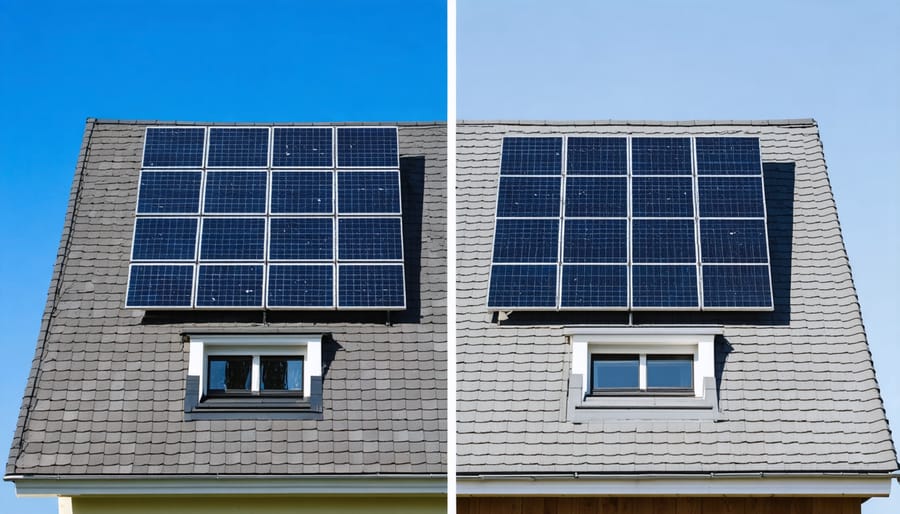
Efficiency Face-Off: Thin-Film vs. Traditional Panels
Conversion Efficiency Explained
When discussing solar panel efficiency ratings, we’re talking about how effectively a panel converts sunlight into usable electricity. For thin-film panels, these numbers typically range from 10-12%, though some newer technologies reach up to 15-17%. While these figures might seem low compared to traditional panels, they tell only part of the story.
Think of efficiency like fuel economy in cars – it’s important, but it’s not the only factor to consider. A thin-film panel with 12% efficiency can still be a smart choice if it fits your space constraints and budget. In real-world conditions, these panels often perform better than expected, especially in warm climates or partially shaded areas.
For homeowners, what matters most is the overall energy production relative to your needs and available space. A lower efficiency rating simply means you’ll need more surface area to generate the same amount of power. The good news is that thin-film panels are typically less expensive per square foot, making them a cost-effective solution for many homes, particularly those with ample roof space.
Real-World Performance Factors
In real-world conditions, both thin-film and traditional solar panels face various environmental factors that can impact their performance. Temperature plays a crucial role, with thin-film panels generally performing better in hot climates since they’re less affected by heat compared to traditional panels. During cloudy days or in low-light conditions, thin-film technology often maintains more consistent energy production.
Physical placement also matters significantly. Thin-film panels perform well even when not perfectly aligned with the sun, making them ideal for curved surfaces or unconventional installations. They’re also less affected by partial shading from trees or nearby structures, maintaining better overall efficiency when partially covered.
Weather conditions like snow and rain impact both panel types, but thin-film panels tend to shed snow more easily due to their smooth surface. However, in extremely cold climates, traditional panels might have a slight edge in efficiency. Dust and dirt accumulation affects both types similarly, though thin-film panels may show slightly better resistance to performance degradation from soiling.
Regular maintenance and proper installation are essential for both technologies to achieve optimal performance in real-world conditions.
When Thin-Film Panels Make More Sense
While thin-film solar panels generally have lower efficiency rates than traditional panels, they excel in specific situations that make them the smarter choice. First, these panels perform exceptionally well in high-temperature environments, as they’re less affected by heat than conventional panels. This makes them ideal for hot climates where traditional panels might lose efficiency.
Buildings with limited structural support can benefit greatly from thin-film panels. Their lightweight nature means they put less stress on roofs, making them perfect for older buildings or structures that weren’t designed to handle heavy loads. They’re also excellent for curved or irregular surfaces where rigid panels wouldn’t fit properly.
In low-light or cloudy conditions, thin-film technology often outperforms traditional panels. This makes them particularly valuable in regions with frequent overcast weather or for installations that don’t receive direct sunlight throughout the day. They’re also less affected by partial shading, maintaining better performance when parts of the panel are in shadow.
Large commercial installations often favor thin-film panels because of their lower cost per square foot and easier installation process. While they require more space to generate the same power as traditional panels, this isn’t usually a concern for warehouses or large industrial rooftops where space is abundant.
For environmentally conscious consumers, thin-film panels often have a smaller carbon footprint in production compared to traditional silicon panels. They require less energy to manufacture and fewer raw materials, making them an attractive option for those prioritizing overall environmental impact in their solar investment.
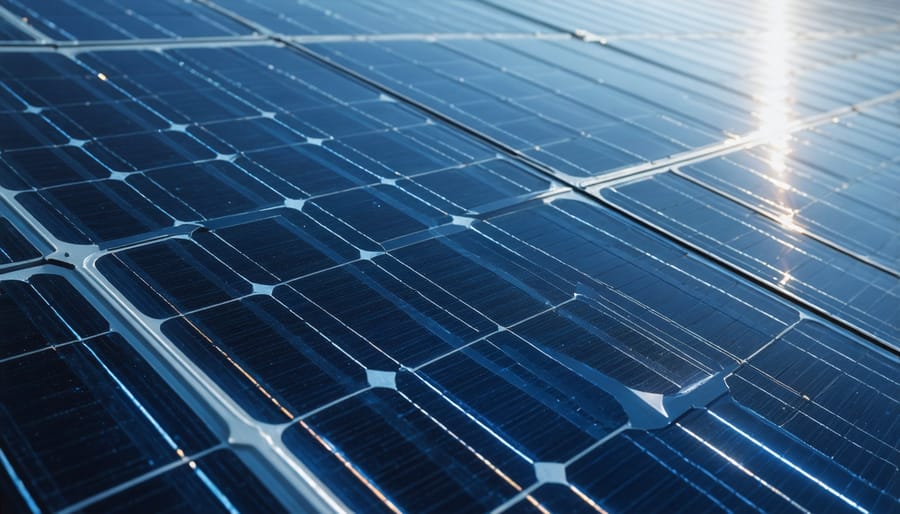
Cost vs. Performance Analysis
Initial Investment Comparison
When comparing initial investments, thin-film solar panels often present an attractive option for budget-conscious homeowners. While solar panel installation costs vary by region and system size, thin-film panels typically cost 10-20% less than traditional crystalline panels upfront. This cost advantage stems from simpler manufacturing processes and fewer raw materials needed for production.
However, it’s important to consider the complete picture. Since thin-film panels are less efficient, you’ll need more panels and roof space to generate the same amount of power as traditional panels. This larger installation area can partially offset the initial savings through increased mounting hardware and labor costs.
For many homeowners, the decision comes down to available space versus budget. If you have ample roof area and want to minimize upfront costs, thin-film panels could be your ideal solution. Those with limited installation space might find traditional panels more cost-effective despite the higher initial investment.
Long-Term Value and ROI
While thin-film solar panels typically have a lower upfront cost compared to traditional panels, their true value shines in the long run. Most homeowners can expect to recoup their investment within 5-7 years, depending on local energy costs and available incentives. The lightweight nature of these panels also means lower installation costs and reduced structural requirements for your roof.
Despite their lower efficiency, thin-film panels often produce more consistent energy output in real-world conditions, especially in hot climates or partially shaded areas. This reliable performance translates to steady energy savings throughout the year. When factoring in their longer lifespan (20-25 years) and minimal maintenance requirements, thin-film panels offer compelling long-term value.
Consider that many manufacturers now offer performance warranties exceeding 20 years, ensuring your investment remains protected. Combined with rising energy costs, the financial benefits of thin-film solar panels become increasingly attractive over time, making them a smart choice for budget-conscious homeowners looking to embrace solar energy.
Making the Right Choice for Your Home
When choosing solar panels for your home, it’s essential to consider your specific needs and circumstances. While thin-film panels offer unique advantages, they might not be the ideal choice for every homeowner. Start by evaluating your available roof space – if you have ample area, thin-film panels’ lower efficiency becomes less of a concern. However, if space is limited, you might want to explore other best value solar panel options.
Consider your climate and weather patterns. Thin-film panels perform better in hot conditions and maintain their efficiency even when partially shaded, making them excellent for warmer regions or locations with intermittent shade coverage. They’re also more flexible in terms of installation, working well on curved surfaces or non-traditional roof designs.
Budget considerations should include both initial costs and long-term savings. While thin-film panels are generally less expensive upfront, their lower efficiency means you’ll need more panels to generate the same amount of power as traditional options. However, their durability and consistent performance in various conditions can offer reliable long-term savings.
Remember to factor in your home’s aesthetic preferences. Thin-film panels offer a sleeker, more uniform appearance that many homeowners find visually appealing. They also tend to blend more seamlessly with your roof’s design, which can be particularly important if your home is part of a homeowners association or subject to strict architectural guidelines.
While thin-film solar panels may have lower efficiency rates than traditional crystalline panels, they offer unique advantages that make them an attractive option for specific applications. Their flexibility, lightweight nature, and better performance in low-light conditions can make them ideal for certain home installations, particularly on curved surfaces or in areas with space constraints. As technology continues to advance, efficiency rates are steadily improving, making thin-film panels an increasingly viable choice for homeowners. If you’re considering solar panels for your home, consult with local solar installers who can evaluate your specific needs, roof conditions, and climate factors. They can help determine whether thin-film panels are the right choice for your situation and guide you through available incentives and financing options to make your transition to solar energy both sustainable and cost-effective.

